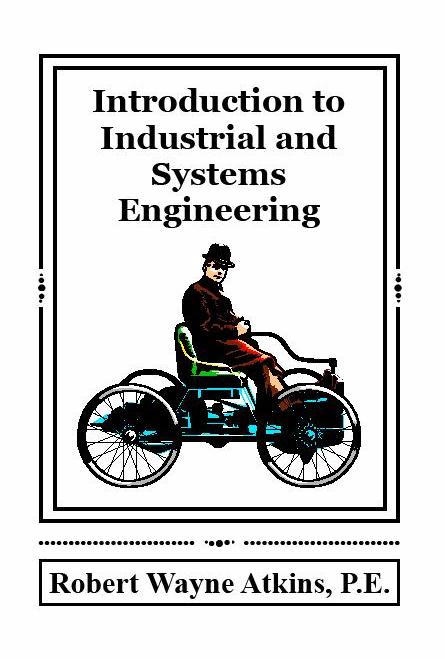| Chapter | | Page |
| 1 | Introduction | 1 |
| 2 | History of Industrial Engineering and Systems Engineering | 3 |
| 3 | Safety | 9 |
| 4 | Probability | 13 |
| 5 | Basic Statistics | 23 |
| 6 | Linear Regression | 41 |
| 7 | Reliability | 51 |
| 8 | A Brief History of the Evolution of Quality Theories | 63 |
| 9 | Quality Acceptance Sampling Plans | 67 |
| 10 | Quality Control Charts | 87 |
| 11 | Lean Six Sigma Methodology, SPC, Root Cause Analysis | 117 |
| 12 | Flow Charts, LH-RH Charts, Multiple Activity Charts | 127 |
| 13 | Human Factors Engineering, Motion Economy Principles | 143 |
| 14 | Work Measurement, Time Study | 151 |
| 15 | Forecasting Future Sales | 163 |
| 16 | Inventory Management | 167 |
| 17 | Production Planning and Control | 179 |
| 18 | Warehouse Storage Systems, Material Handling Systems | 185 |
| 19 | Facilities Design, Plant Layout | 197 |
| 20 | Product Costing, Process Costing | 201 |
| 21 | Financial Analysis, Return on Investment | 207 |
| 22 | Engineering Economic Analysis, Engineering Economy | 211 |
| 23 | Organizational Models, Management Styles | 221 |
| 24 | Manufacturing Companies and Service Providers | 227 |
| 25 | Management Controls | 235 |
| 26 | Computer Hardware, Computer Software | 237 |
| 27 | How to Implement Changes | 239 |
| 28 | Your Professional Image and Appearance | 241 |
| | Appendix: Reference Tables | 249 |
| | Index | 265 |
| | About the Author | 270 |








































